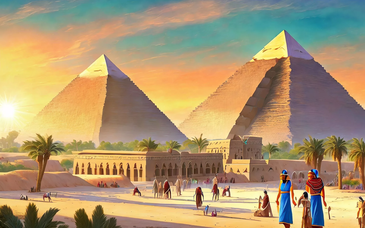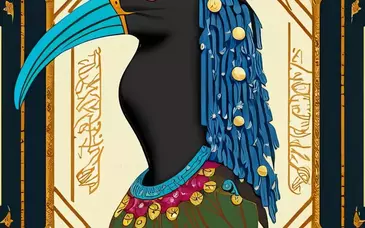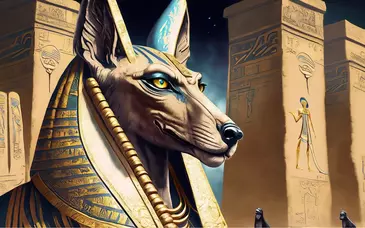Symbolism in Architecture
Mohammed Motlib
The Window of Appearance
The Temple Palace of Rameses III at Medinet Habu 1175 BC
The window, situated at the centre of the eastern face of this palace, has a set of stairs behind it descending into a columned hall. Rameses III would come through this hall and ascend the stairs, appearing in the window as the rising sun.

View from the southeast.

At the back of the throng.

Viewing the crowd from the window.

The east elevation.

Comparitive heights of exterior and interior columns.

Plan of the palace.

Into the hall, to the throne.

Across the hall towards the Window of Appearance.


